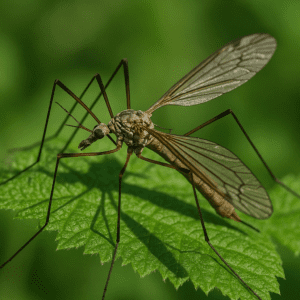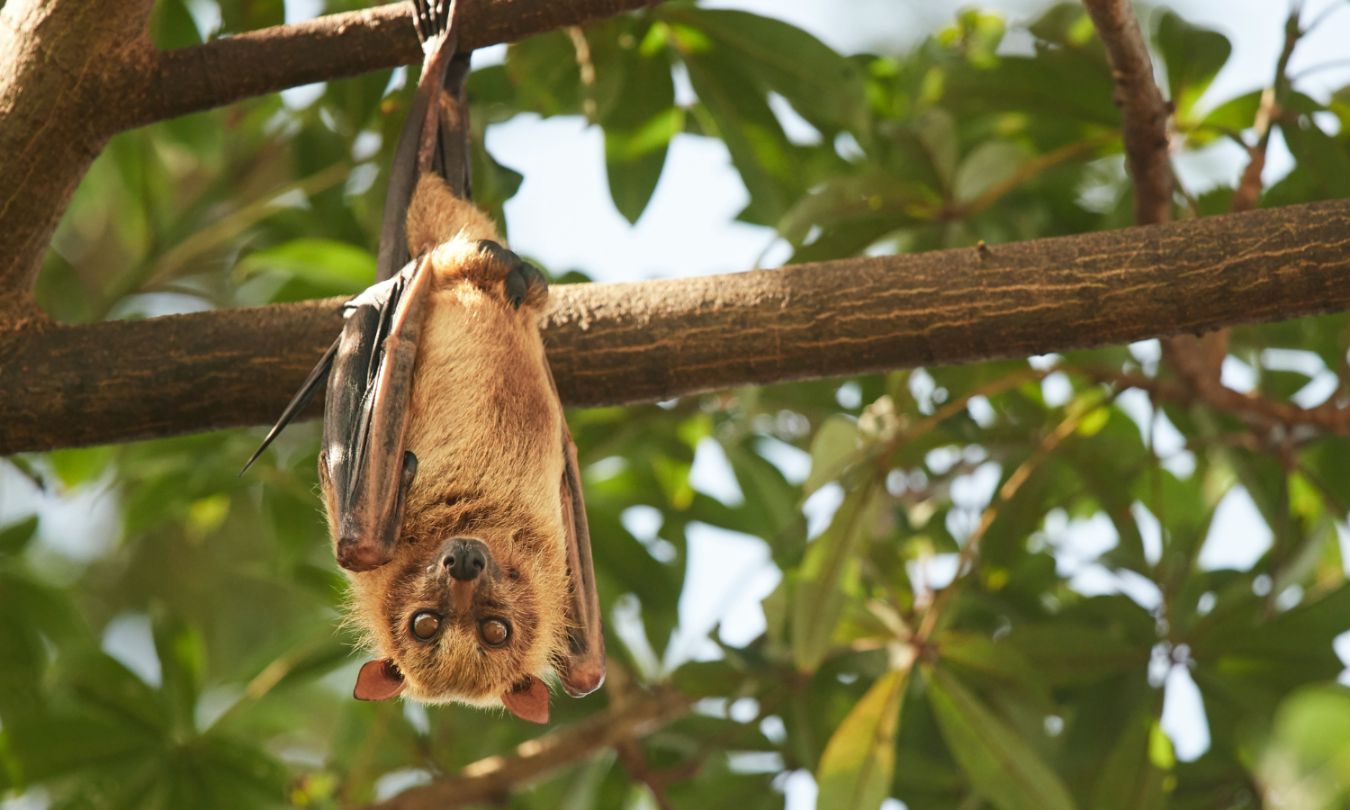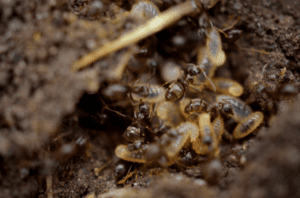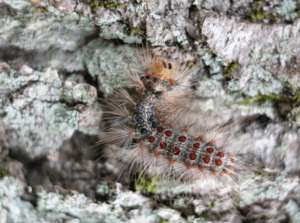

We all know bats as the typical Halloween mascot or the creepy winged creatures that take to the skies under the light of a full moon. But what do you really know about these animals? It turns out that bats are rather fascinating, as these ten facts prove:
- There Are Over A Thousand Bat Species
- Most Bats Don’t Drink Blood
- They Are The Only Flying Mammals
- “Blind As A Bat” Is Wrong
- Hibernate, Migrate, or Both
- Hanging Upside Down Is By Design
- Bats, Like Bees, Are Pollinators
- Great At Pest Control
- Bats Play An Important Role In Medicine
- The Biggest Threat To Bats Is Disease






